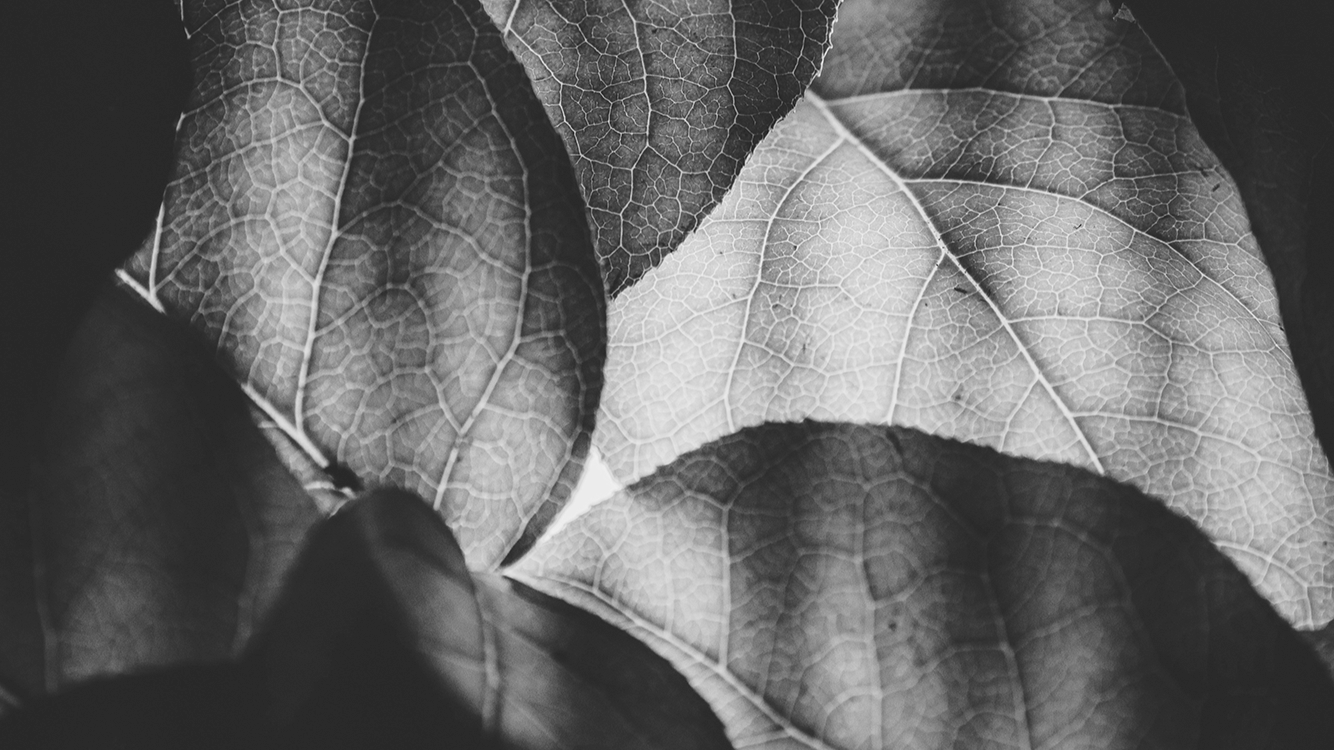
A Practice for Regenerative Creativity
Dancing Elements is not just a practice, it’s a philosophy of design that seeks harmony between imagination, purpose, and the natural world.
Photo: Holding “The Meat Market” A grad school project that reimagined the human body as a catalog of commodities — eyes, lips, and skin cut out and priced — a visual protest against beauty culture and consumerism.
"The world is always moving, waves crash, winds shift, trees dance. Dancing Elements was born to honor that rhythm. Through design, I translate movement into meaning, creating work that feels alive, connected, and true."
Origin Story
In a world that often moves too fast, where noise, consumption, and endless busyness pull us away from what really matters, I chose to slow down. Despacio.
Dancing Elements was born from that pause, from a deep desire to live and create in a way that respects ourselves, others, and the future of our planet.
I grew up in Colombia, surrounded by the rhythm of rainstorms, the dance of the wind, and the flow of rivers. Since childhood, I have felt a profound connection to nature, especially to water, my greatest muse. This connection has shaped the way I see design: as a practice that can heal, nurture, and transform. The name Dancing Elements is a reflection of this belief that everything around us moves, breathes, and belongs to one great universal dance.
My path to design was not accidental. After earning my Bachelor’s in Studio Arts and Art History, and later my Master’s in Graphic Design from Otis College of Art and Design, I began imagining a practice that could integrate creativity, sustainability, and human connection. I sketched the first ideas for Dancing Elements in a tiny notebook during a Typo San Francisco conference back in 2012, using a multicolored pencil, a simple but powerful symbol of how diverse, vibrant, and alive this vision felt to me.
Later, living and working in the Netherlands profoundly shaped my understanding of what work could feel like. There, I experienced a culture where employees were treated like family, where everyone stopped at noon to eat lunch together, talking about life, not work, and where even interns had a voice at the table. That experience taught me that true creativity thrives where respect, equity, and humanity are honored.
Today, Dancing Elements is more than a design studio. It is a practice, a philosophy, and a commitment to regeneration. Through brand identity design and thoughtful, intentional graphics, I help businesses, creatives, and organizations tell their stories in a way that is both beautiful and deeply meaningful. I listen, really listen, to my clients’ visions, stories, and values because I believe design should represent something true.
This practice is not a trend. Long before “sustainability” became a buzzword, Dancing Elements was quietly taking root, shaped by more than a decade of learning, traveling, and spiritual growth, including time spent in Bali, where I deepened my understanding of mindfulness and spiritual connection.
It is not always easy to live and create in a way that resists consumerism and embraces minimalism, especially in a city as fast-paced as Los Angeles. But this is my calling. Dancing Elements exists to show that design can be a bridge between people and planet, between ideas and impact, between what we dream and what we build together.
This is my invitation: let’s co-create something that moves with purpose, honors your story, and contributes to a more mindful, regenerative future.
P.S. I hold a Green Design Certification and am currently pursuing an Herbalism Certification to dive deeper into the regenerative principles that inspire my work. These studies allow me to bridge design with ecology, creating visuals that not only communicate but also reflect cycles of renewal and care for the world around us.
Con amor,
Paola
“Design is a form of inquiry — an act of reuniting the hand, the mind, and the ecosystem.”
— Neri Oxman (architect & biodesigner)
Mission: Regenerative Creativity
-
Regenerative creativity is an innovative approach that goes beyond traditional creative practices by focusing on sustainability, restoration, and the enhancement of our environment and communities. At its core, regenerative creativity is about creating art, stories, and solutions that not only inspire and engage but also contribute positively to the world around us.
-
Sustainability: Embracing eco-friendly materials and processes to minimize environmental impact and promote a sustainable future.
Restoration: Actively participating in the healing and restoration of ecosystems, cultures, and communities through creative expression.
Interconnection: Recognizing the interconnectedness of all life and incorporating this awareness into creative projects that foster a sense of kinship with nature and each other.
Innovation: Pushing the boundaries of conventional creativity by exploring new methods, technologies, and perspectives that prioritize regeneration and renewal.
Community Engagement: Involving local communities in the creative process to ensure that the outcomes are relevant, inclusive, and beneficial to all.
-
In a world facing numerous ecological and social challenges, regenerative creativity offers a path forward that aligns with principles of environmental stewardship and cultural preservation. By integrating regenerative practices into our creative endeavors, we can contribute to a more resilient and vibrant world. Whether through art, design, storytelling, or performance, regenerative creativity empowers us to envision and create a future where humanity and nature thrive together.
Manifesto:
-
“Creativity serves not to deplete but to replenish. Art takes root in imagination and grows through intention. Each part of the creative process reflects a relationship with the Earth—drawing from natural materials and moving with the pace and patterns of the living world. Creations follow a circular path, not linear. They are born, live, and return, continuously renewing within the eternal cycle of giving and receiving. The threads of the ancient are woven with the threads of the yet-to-be. The work bridges ancestral wisdom with future innovation, forming a tapestry of healing and renewal. Every piece crafted is a quiet promise—a commitment to honor the Earth, to cherish its gifts, and to give back more than is taken. Creativity emerges as a living, breathing force—dynamic, evolving, and forever intertwined with the natural world. Art stands as a guardian of culture and nature, ensuring that its legacy is one of regeneration, resilience, and reverence for all that lives.”


